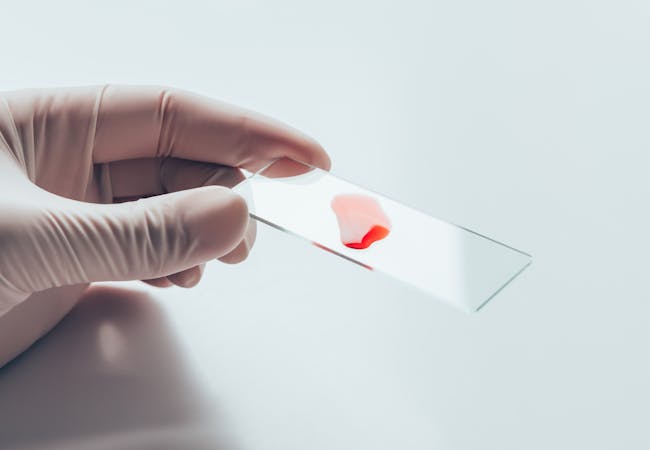A Step Towards Understanding Psoriatic Disease
As the plans for the biobank took form, Dr. Jeffery M. Weinberg captured the aspirations of the program as a resource for collaborative, transformational research in psoriatic disease, noting that while new and powerful therapeutic interventions could control disease, an understanding of the genetic underpinnings of psoriatic disease could unlock new approaches to therapy and ultimately a cure.
At that time, the research community faced a shortage of well-characterized biospecimens. Samples that were available were often disconnected from the clinical data related to the patients’ conditions. This issue was identified as a significant barrier, limiting the pace of discovery in genetics, immunology, and translational science. The NPF, with the generosity of patient volunteers and the financial backing of the Henschel family, launched the biobank with the ambitious goal of securing 2000 samples in its first year. That goal set the biobank’s sights on becoming the largest single collection of psoriatic disease biospecimens and phenotypic data in the United States. Moreover, unlike other resources, the data from the biobank would be made available broadly to an international community of researchers.
The Henschel Biobank met these challenges head-on and rapidly achieved the statistical power to support the discovery of even rare or subtle genetic influences on patients' disease. Today, research studies using the biobank have honed our understanding of the common genetic influences on psoriasis and uncovered rare family lineages that allowed the discovery of genes with exceptional impact on the development of psoriasis and psoriatic arthritis.
As technologies have improved, the need for singular resources like the Victor Henschel Biobank has waned in the face of modern technologies. But although the biobank was retired in 2025, it remains a landmark achievement: an example of how patient partnership, scientific foresight, and the leadership of the NPF can inform new therapeutic approaches with clear genetically informed knowledge of the underlying genetic causes of psoriatic disease.
In Support of Discovery
Scientists identified 20 new variations in DNA [1, 2] believed to be associated with the development of psoriasis. Investigators found that these new areas of DNA involved in psoriasis also overlap with those reported in Crohn's disease and celiac disease, both of which occur in higher frequencies in people with psoriasis.
Other efforts, including the largest ever genome-wide association study of psoriasis, used the Victor Henschel Biobank sample in discoveries revealing 16 additional variations, highlighting the importance of how certain genes operate together to influence the risk of developing psoriatic disease [3]. The Henschel biobank was also used to uncover differences between genes’ effects on susceptibility to psoriasis due to ethnic background. This was documented in the first large-scale trans-ethnic genome-wide meta-analysis of genetic data [4]. This reinforced the global relevance of the findings. The study, comparing DNA from Caucasian and Chinese individuals, found that 10 genes associated with psoriasis may only lead to the disease in Caucasian populations, and not in Chinese populations. This difference could explain why psoriasis is about five times more common in people of European descent than in people of Asian descent. This work supported new studies that aim to ask how pathways that might have been thought to be less important for psoriasis risk in some populations, may present very important “missed” opportunities to understand and treat psoriasis [4].
The emerging complexity of the genetics behind psoriasis begins to explain why psoriasis may appear differently between people, and why treatments may not work the same way for every person. Indeed, similar studies using the Henschel biobank reported the differences in the genes that contribute to the risk of psoriatic arthritis versus the more common skin presentations we think of as psoriasis [5].
Researchers also used the Victor Henschel Biobank samples to uncover a series of rare mutations, especially in the CARD14 gene, that, when activated by an environmental trigger, may result in psoriasis [6, 7]. While CARD14 would be very desirable as a target for new medicines, the problem has been that for the last decade, the biochemistry of this protein has made it very difficult to design drugs against it. Recently, though, there have been some new tools developed that some scientists believe could make it possible to finally develop drugs that attack the CARD14 protein. This represents the biobank’s legacy as a source of information for an entirely new therapeutic approach. Despite its formal retirement, the legacy of the Victor Henschel Biobank lives on in the advances that have been built on the discoveries gifted by the Henschel family and the patients who participated in the biobank.
